6 Reasons Your Baby No Longer Likes Their Changing Table

Do you want to know what stinks the most? Diaper changes. They're the hardest thing to master out of all your new jobs as a parent. If your baby is fussy about changing, it might be time to make necessary changes to the nursery—like swapping the changing table for something else entirely. If you struggle with diaper changes, here are the six reasons your baby no longer likes their changing table.
Previous Diaper Changes Haven’t Been Great
Your baby no longer enjoys the changing table because previous diaper changes haven't been seamless. If you have had your share of diaper rashes, UTIs, and other problems, that's likely why your baby doesn't like the changing station. Even though your infant doesn’t like the changing table, that doesn’t mean a diaper change isn’t a necessity. Make sure to keep consistently changing the baby’s diaper to avoid serious problems.
Tips for Improving Diaper Changes at Home
If you struggle with keeping to a consistent schedule, reach out to a family member or friend for help. They can help strategize a plan to help with keeping track of how often the diaper needs to be changed. By keeping track of diaper changes, you fall into a healthy pattern of better changes without the risk of infection.
You should follow other tips to improve diaper changes at home. One idea is to double-check that you have everything before starting. Another is to practice placing the diaper on a stuffed animal to catch mistakes you’re making. You should also make sure to sanitize your baby’s hands after changing, just in case their hands fly straight into the messy diaper.
How To Help Your Infant Cope With Diaper Changes
When you do a diaper change, your baby's experiences might be affected because they now associate diaper changes with pain; however, this is not your fault. You can quickly fix this by slowly reteaching your infant by narrating everything you're doing step by step, from laying them down to removing their diaper.
Your Baby Is Exploring New Milestones
Another reason that's entirely out of your control is that they're exploring milestones. Some new developments could be walking for the first time or grabbing at things they find interesting to play with during a change. It's an ongoing battle for parents to keep infants still, but if you try to restrain your baby, they might either take it as a game or think that you’re harming them.
How To Handle Your Baby Exploring New Things
Before you try holding and strapping them down, consider changing them standing up. If your baby's ready to start moving, move with them. If they stand, try your best to work with their movements. Other parents may already have their kid potty training, so switch to pull-ups and reduce diaper changes throughout the day.
There Are Distractions Everywhere
Babies are distracted quite easily. Most like looking at bright colors and lights, while others are eager to poke their little heads over their parent's shoulders to see what is happening around them—like who's talking or making a particular noise.
How To Fix This Predicament
A distraction problem is easy to fix. You don’t need to juggle or wear a clown nose to distract your child, but you can hand them a toy, as it’s a reliable method that works every time. Toys that are loud, colorful, and feel nice can distract your baby for the moment while getting their diaper changed. Giving your baby a toy to hold is not defeat; it’s a truce until the next dirty diaper appears.
Your Infant Is Impatient
A kicking and screaming infant might be a sign that they’re impatient. However, diagnosing why they’re impatient is easy; it could be how fast you’re going with each change. If you take too long to retrieve items or run across the room for diapers, you may need to rethink how the nursery is arranged.
How To Rearrange Your Nursery To Avoid an Impatient Baby
Reconsider the changing table. Since the table has shelves, you can easily place wired baskets with handles on top to keep ointments, wipes, and diapers sorted until it’s time for a refill. Aside from restructuring your shelves, consider putting a tray close on top of the table to place nappies, wipes, and diapers, so you don’t need to continue bending down or running to the closet for more supplies.
They Don't Like That Nothing Is Within Arm's Reach
The thing babies love doing most is looking around the room in amazement at the fun, colorful stuff around them. But it infuriates them when they can’t touch and grab these things. If your baby wants to feel and hold, consider placing toys near them, so they don’t need to wriggle their way out of their diaper change.
One other suggestion to consider is moving with their movements. If they’re twisting to look at what’s on TV, either switch it off or move in the direction they go. When you move with them, they become less fussy during diaper changes.
They Have Become Too Big for the Table
Babies grow fast—there is no controlling that. But what you can control is how your infant gets diaper changes. Since the changing table is a temporary device, you might feel like you’re completely out of options for where to change your baby.
How To Handle Your Growing Baby
Parents have other options for changing their baby. Rather than changing diapers on the floor or table, they can use a wooden changing tray that they can take anywhere for convenience. Changing trays or other ways of changing your baby can help when your baby outgrows their changing table.
Changing a dirty diaper is no one’s cup of tea, but parents have to do it. Remember these reasons if your baby ever shows signs that they dislike their changing table. A tray is the best alternative to a changing table. They’re portable, lightweight, and available at Simply Nursery. Our workers craft changing trays from renewable forests in Brazil. Be a super parent by overcoming nursery difficulties and buying furniture your baby will love.



































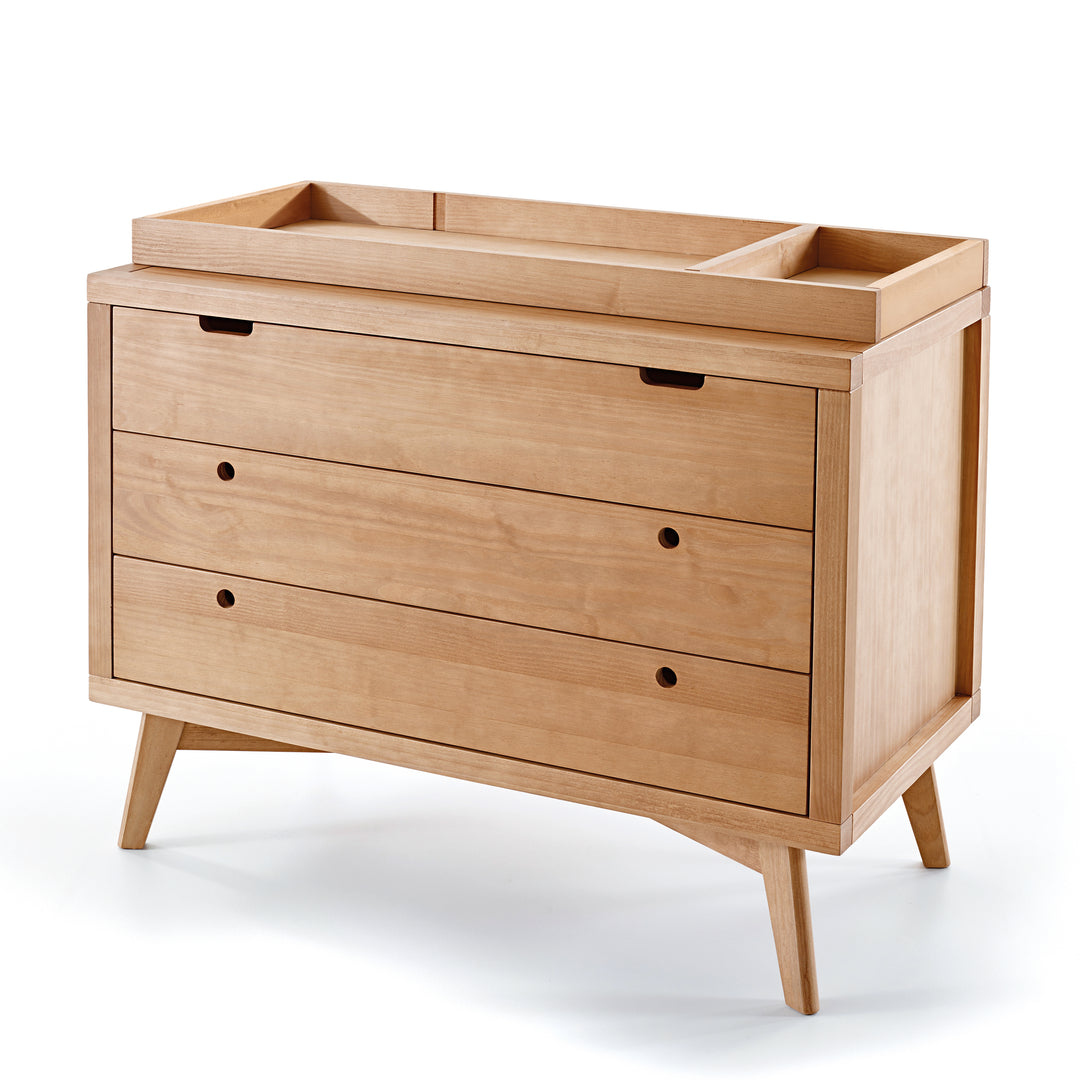







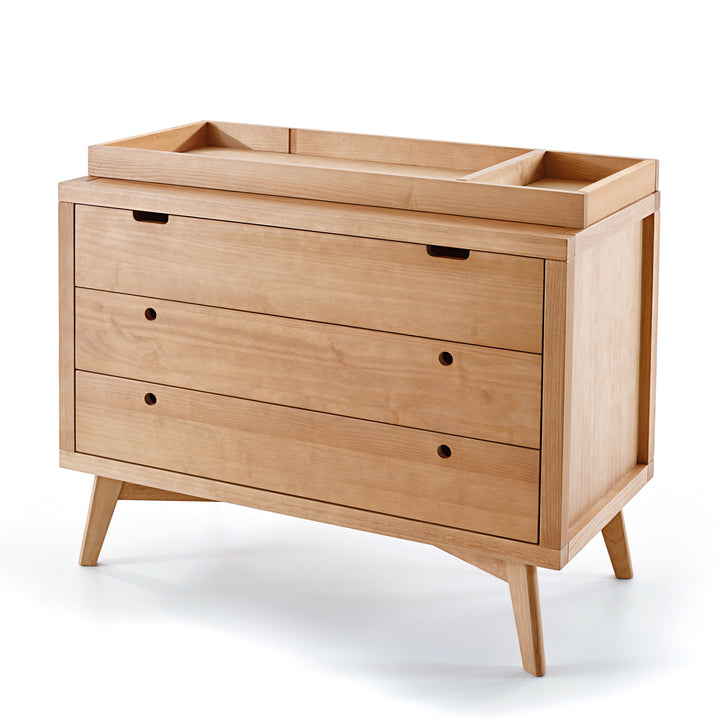
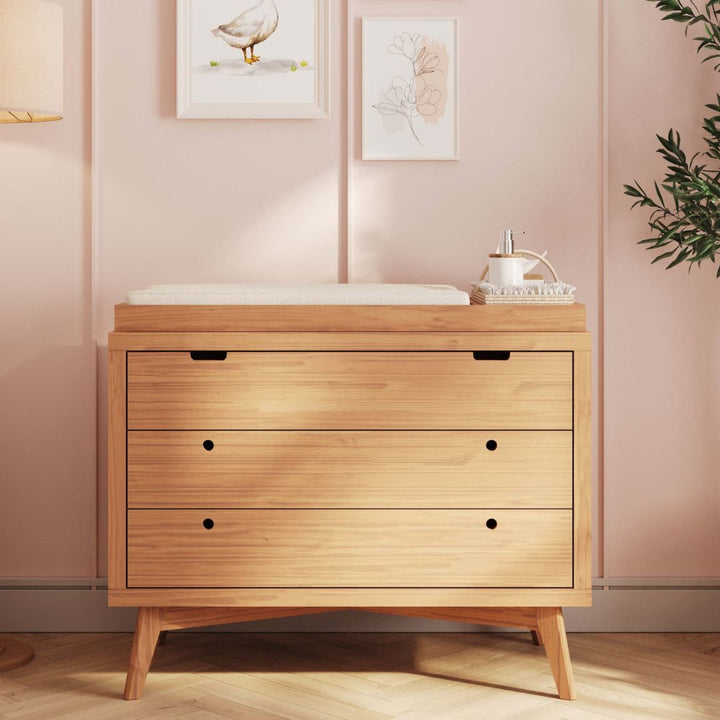
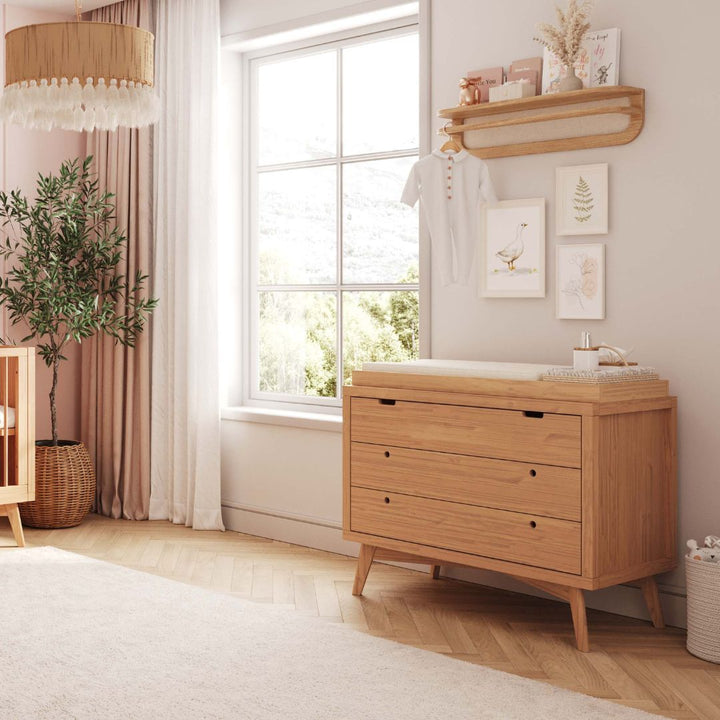





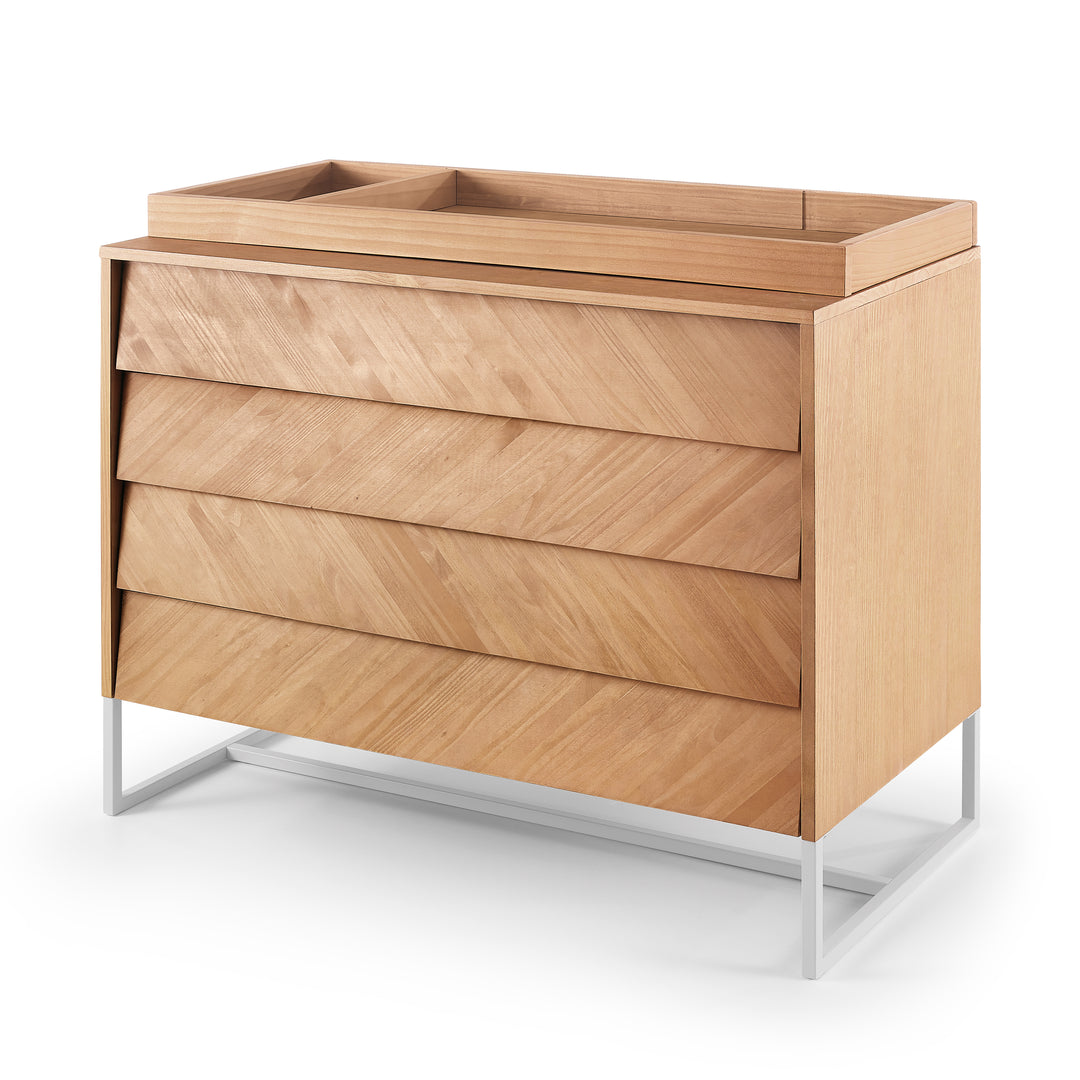



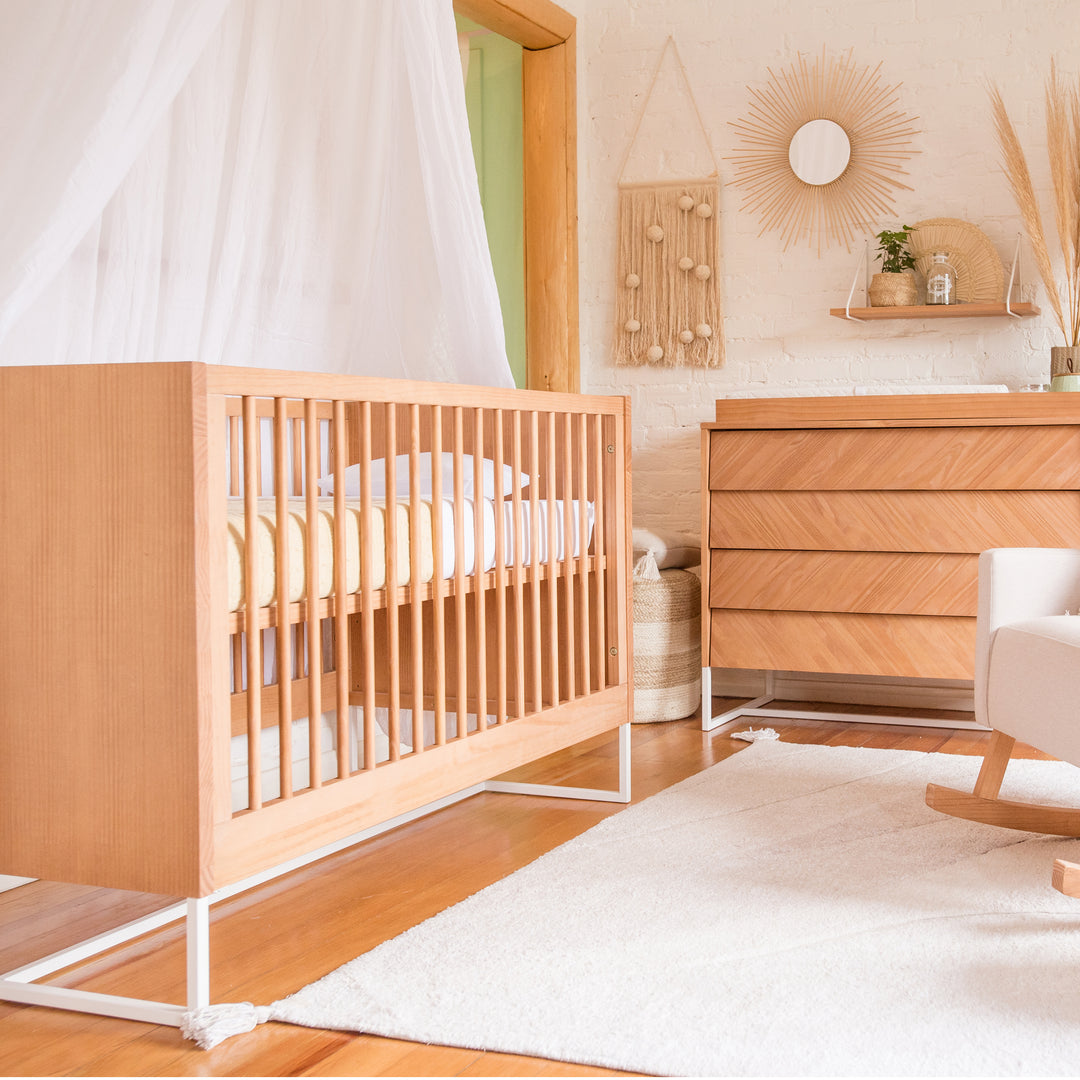




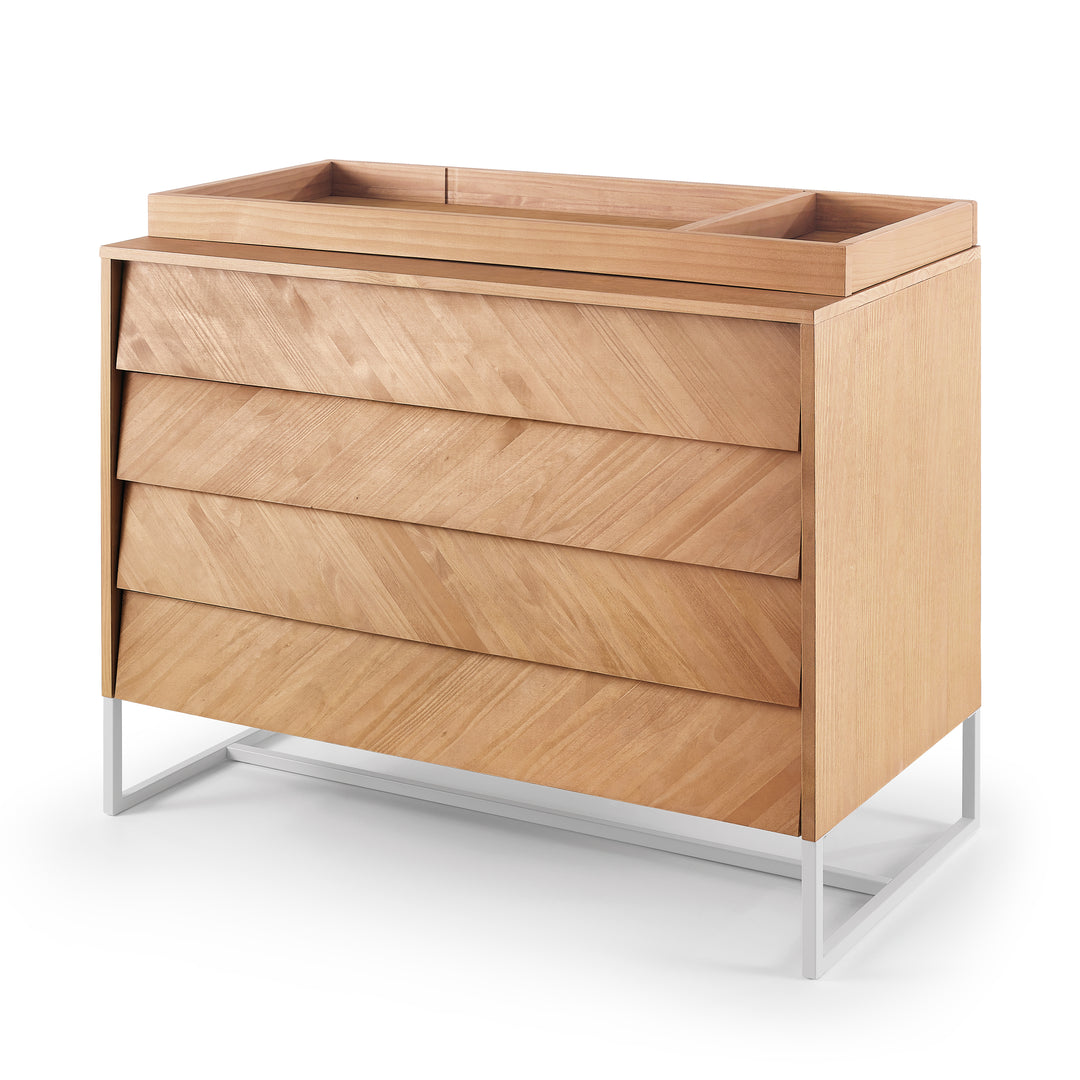


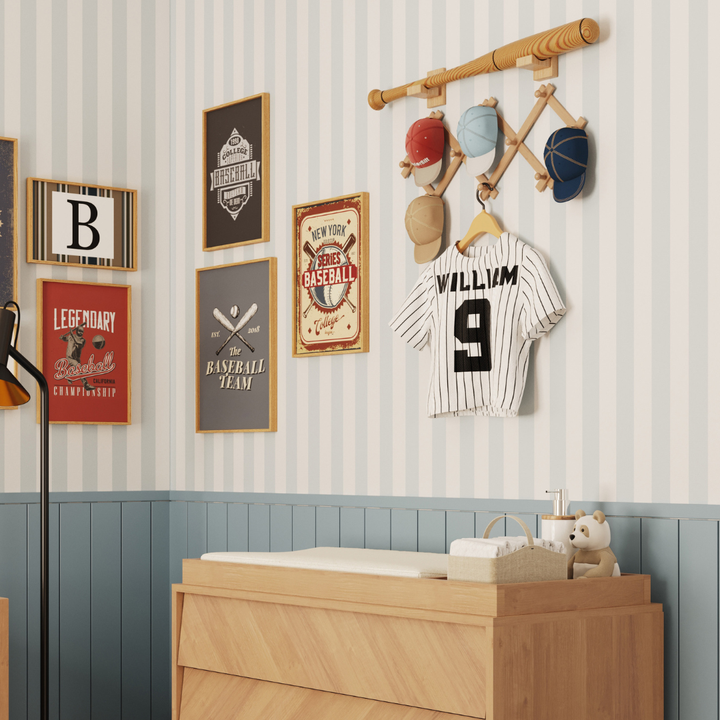
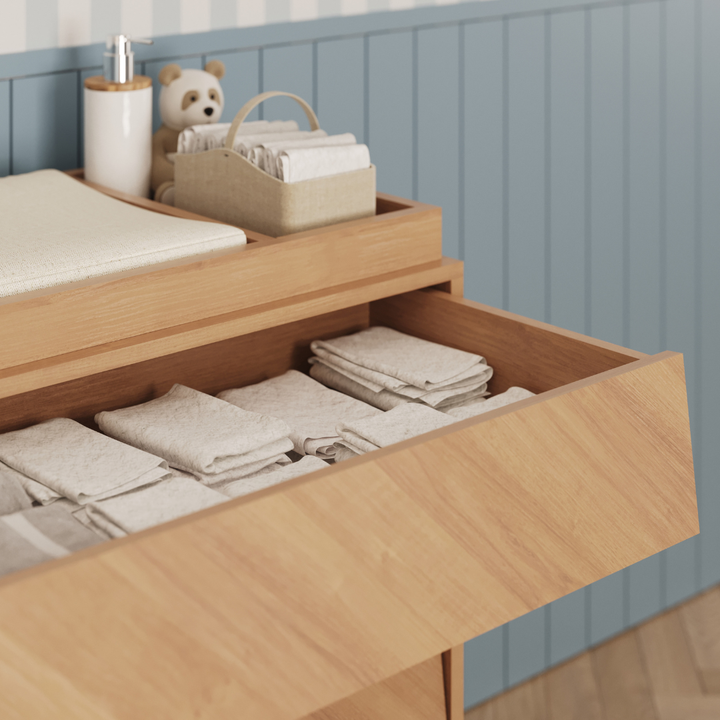


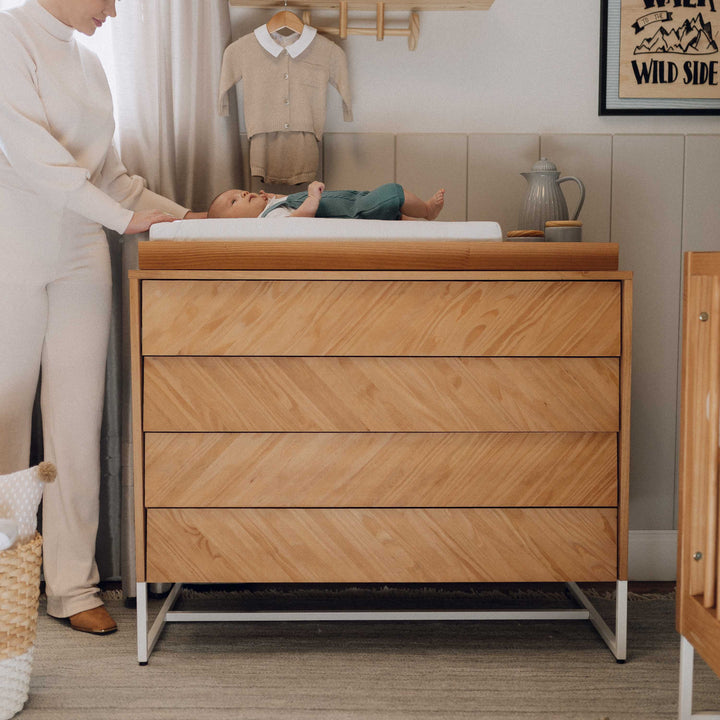



Leave a comment